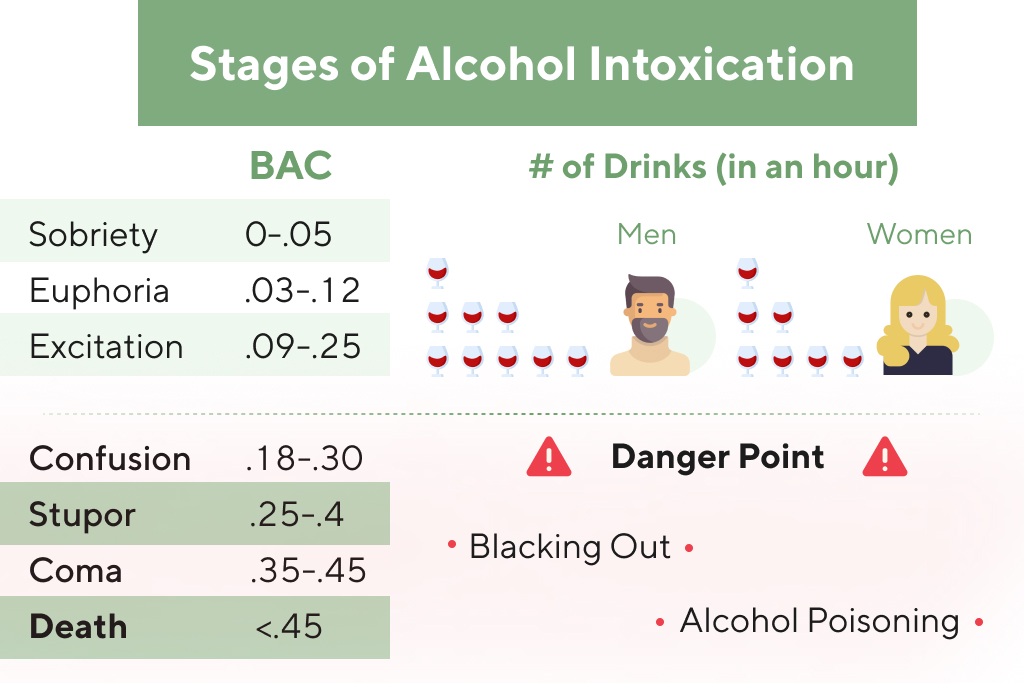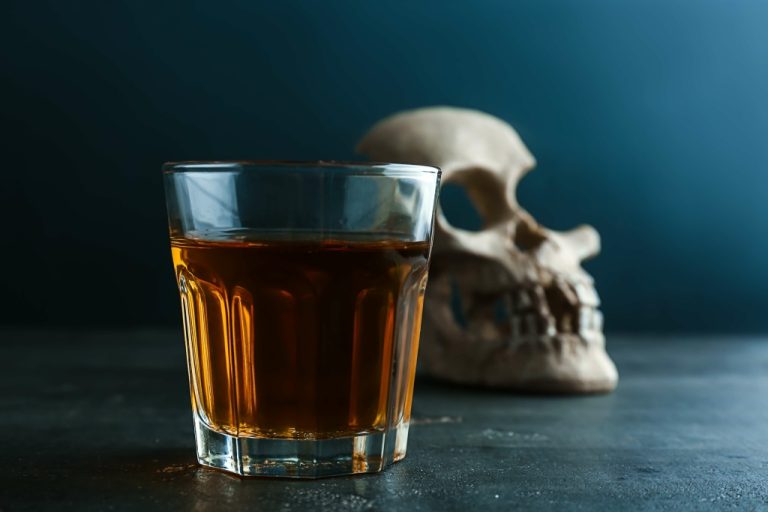While the list of possible side effects may seem daunting, it’s important to remember that many people tolerate Naltrexone well, and severe side effects are rare. The benefits of Naltrexone in treating opioid and alcohol dependence often outweigh the risks for many patients. Injectable naltrexone (Vivitrol) can cause reactions at the injection site, including soreness, swelling, and redness. Some individuals may experience nausea after the first intramuscular injection, which typically improves with subsequent doses. Serious allergic reactions and symptoms of liver dysfunction, such as dark urine and jaundice, are also possible.
- Adequate studies of naltrexone in patients with severehepatic or renal impairment have not been conducted (see PRECAUTIONS, Special Risk Patients).
- To avoid this, try taking your dose with a meal or snack to help buffer any potential stomach upset.
- Some individuals explore LDN as part of integrative medicine or complementary therapies.
Recognizing and Managing Allergic Responses
- Naltrexone is available as a daily oral tablet (50 mg) or a monthly injection (Vivitrol, 380 mg).
- Depression, suicide, attempted suicide and suicidal ideation have been reported in the postmarketingexperience with naltrexone hydrochloride used in the treatment of opioid dependence.
- Like vitamins and supplements, you will not feel anything when you take it.
However, Naltrexone, like any other medication, can come with side effects. Finally, there’s emerging evidence about the role of LDN in mental health conditions like depression and anxiety. Its mechanism involving endorphins and opioid receptors can influence mood and may offer a new avenue in mental what is alcoholism health treatment.

Communicating with Your Healthcare Provider
The closely related medication, methylnaltrexone (N-methylnaltrexone), is used to treat opioid-induced constipation but does not treat addiction as it does not cross the blood–brain barrier. Nalmefene (6-desoxy-6-methylenenaltrexone) is similar to naltrexone and is used for the same purposes as naltrexone. Naltrexone should not be confused with naloxone (N-allylnoroxymorphone), which is used in emergency cases of opioid overdose. Naltrexone may initially cause mood changes, including increased anxiety or depressive symptoms in some individuals; however, consistent use often leads to an improvement in mood over time. It is essential to monitor these effects with a healthcare professional. Understanding these risk factors can help patients and healthcare providers take necessary precautions to minimize side effects.
Vivitrol (naltrexone) – Uses, Side Effects, and More
Although potential side effects may arise, they are typically mild and transient. The dosage is gradually increased in incremental steps—usually by 0.5 mg to 1 mg—on a weekly basis. Taking low dose naltrexone often involves a gradual increase in dosage to ensure effective results and minimize side effects.
Opioid Addiction
Tell your healthcare provider before you get Vivitrol if you have any of the following symptoms of opioid withdrawal. Naltrexone is used to prevent people who have been addicted to certain drugs (opiates) from taking them again. It is used as part of a complete treatment program for drug abuse (e.g., compliance monitoring, counseling, behavioral contract, lifestyle changes).
- These tests should be conducted before, during, and after treatment to track any changes in enzyme levels.
- Individuals with preexisting musculoskeletal and/or joint disorders may be most at risk of stiffness as a side effect.
- You will need to stop using opioids for at least 7 to 10 days before you can start taking naltrexone.
- Consider mesenchymal stem cell therapy, a cutting-edge treatment that has shown promise in addressing autoimmune conditions and chronic pain.
By staying informed and proactive, you can navigate your Naltrexone treatment with confidence, maximizing its benefits while minimizing potential discomfort. Your commitment to your health and recovery is commendable, and with the right support and information, you’re well-equipped to handle the challenges that may arise along the way. Opioids are medically used for pain relief and are also widely abused for the euphoria they produce. Alcohol is one of the most widely used substances in the world, for intoxication and euphoria.
Also, naltrexone has other effects on other receptor systems that can vary between people. Multiple clinical studies have found that treatment with naltrexone can naltrexone side effects lead to decreased alcohol cravings. Frequent follow-up appointments during the first month of treatment allow healthcare providers to monitor for side effects and make necessary adjustments. These appointments provide an opportunity to reassure patients that side effects often improve with time. Like other medicines, Naltrexone can interact with other drugs and lead to dangerous side effects.
Talk with your healthcare provider about how to get and administer naloxone. Tell your healthcare provider if you have any of these side effects that bother you. In many cases, side effects such as dizziness and digestive problems go away within a few hours to days of starting naltrexone treatment. This medicine blocks the euphoric and rewarding feeling you get from opioid drugs, including heroin. Since naltrexone may make you more sensitive to lower doses of opioids than you have previously used, you should not use heroin or any other opioid drugs to overcome what the medicine is doing.

Contraindications for Naltrexone Hydrochloride Tablets

Other data suggest thatdoubling the dose of naltrexone hydrochloride provides blockade for 48 hours, and tripling the dose ofnaltrexone hydrochloride provides blockade for about 72 hours. When coadministered with morphine, on a chronic basis, naltrexone hydrochloride blocks the physicaldependence to morphine, heroin and other opioids. In view of the lack of actual experience in the treatment of naltrexone hydrochloride overdose, patientsshould be treated symptomatically in a closely supervised environment. Physicians should contact apoison control center for the most up-to-date information. In a two-year carcinogenicity study in rats, there were small increases in the numbers of testicularmesotheliomas in males and tumors of vascular origin in males and females. There was no evidence of carcinogenicity in a twoyeardietary study with naltrexone in male and female mice.

